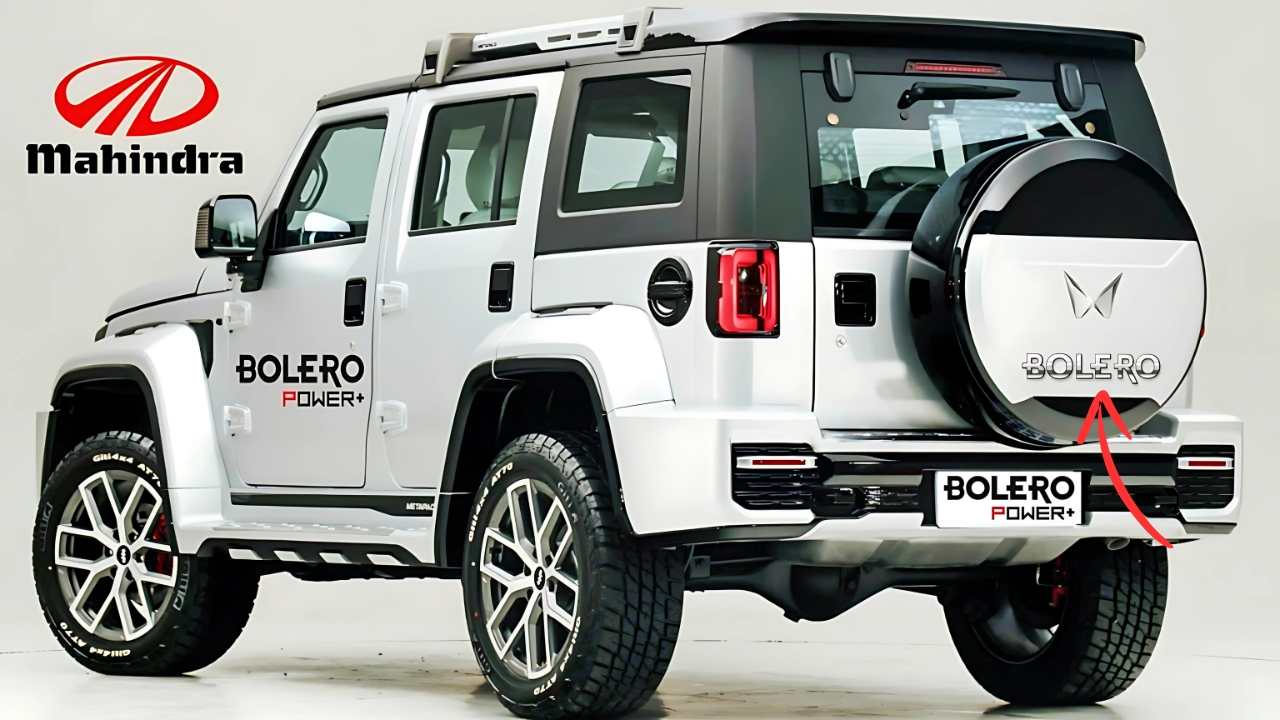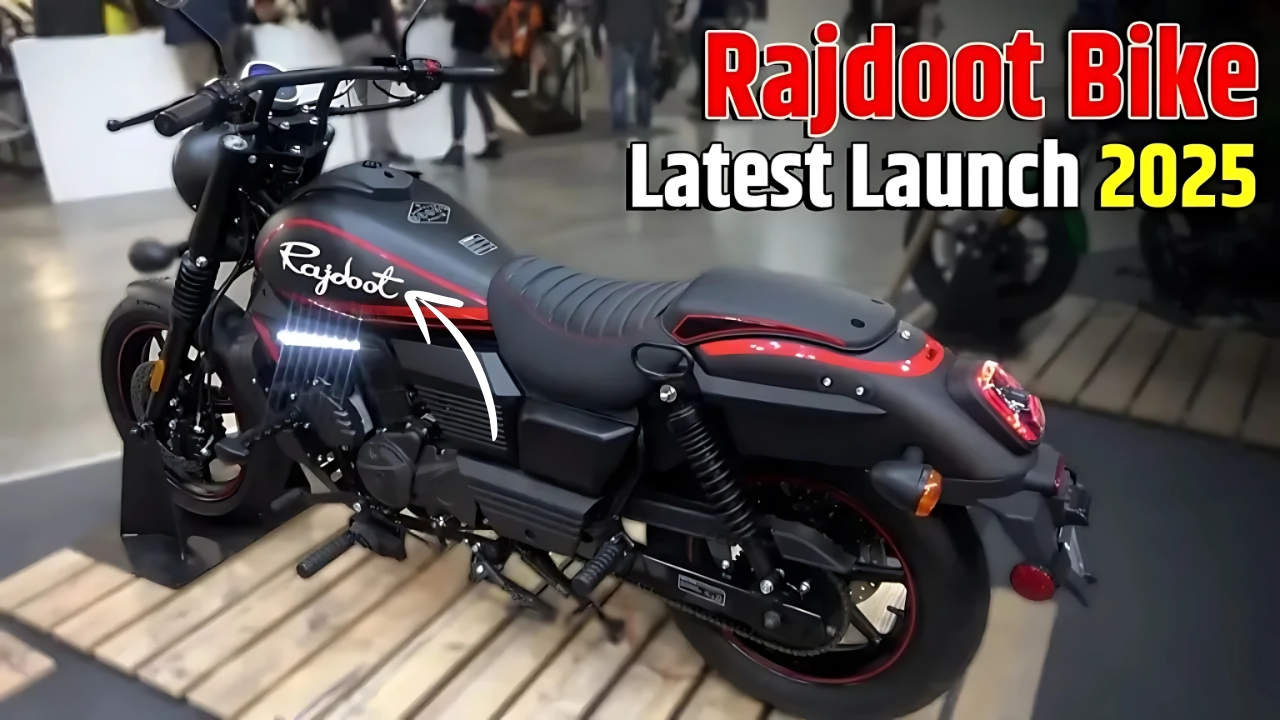The Mahindra Bolero stands as one of India’s most recognizable and enduring automotive success stories.
First introduced in 2000, this rugged multi-utility vehicle has maintained its popularity for over two decades, becoming a symbol of reliability, practicality, and value across both rural and urban landscapes of India.
With its distinctive boxy design, robust build quality, and versatility, the Bolero has earned its place as a cornerstone of Mahindra’s vehicle lineup and a trusted companion for millions of Indian families, businesses, and government organizations.
Origins and Evolution
The Bolero’s journey began as Mahindra sought to develop a vehicle that would cater specifically to the unique challenges of Indian roads and usage patterns.
Building on their experience with utility vehicles like the Armada and Commander, Mahindra engineers designed the Bolero with a focus on durability, simplicity, and functionality – creating a vehicle that could withstand rough terrain while providing comfortable transportation for passengers and cargo alike.
Over the years, the Bolero has undergone several updates and refinements, though its fundamental character has remained largely unchanged.
The original model featured a straightforward design with minimal electronics and a focus on mechanical robustness.
Subsequent generations introduced more modern amenities, improved safety features, and cleaner, more efficient powertrains while maintaining the vehicle’s core identity as a dependable workhorse.
Design Philosophy
The Bolero’s design language speaks of function over form – its boxy silhouette, high ground clearance, and upright stance prioritize practicality rather than aerodynamic efficiency or contemporary styling trends.
This approach has given the vehicle a timeless quality, with its appearance remaining instantly recognizable despite the passing decades and changing automotive design fashions.
The interior follows similar principles, offering a spacious cabin with an emphasis on durability rather than luxury. Materials are chosen for longevity and ease of maintenance, with hard-wearing fabrics and simple, accessible controls.
More recent iterations have incorporated modern conveniences like power windows, air conditioning, and infotainment systems, but the overall philosophy of rugged simplicity remains intact.
Technical Specifications and Performance
Throughout its production run, the Bolero has been powered by a variety of diesel engines, with the most recent models featuring Mahindra’s mHawk D75 1.5-liter turbocharged unit.
This powerplant delivers a modest but sufficient output of around 75 horsepower and 210 Nm of torque, prioritizing low-end pulling power and fuel efficiency over outright performance.
The Bolero’s mechanical underpinnings are equally focused on robustness – a body-on-frame construction provides superior durability compared to monocoque designs, particularly in rough conditions.
The suspension system, consisting of independent front suspension and leaf spring rear architecture, offers a balanced approach between load-carrying capacity and ride comfort.
Off-road capability has always been a strength of the Bolero, with its high ground clearance (around 180mm), favorable approach and departure angles, and optional four-wheel drive on certain variants.
While not designed as a dedicated off-roader like Mahindra’s Thar, the Bolero demonstrates impressive competence when tackling unpaved roads, muddy tracks, and water crossings – essential attributes for a vehicle that serves many communities where infrastructure development remains limited.
Market Success and Cultural Impact
The Bolero’s enduring success in the Indian market is a testament to Mahindra’s understanding of local needs and conditions.
Unlike many global automotive products that struggle to adapt to India’s unique challenges, the Bolero was conceived specifically with these considerations in mind.
This targeted approach has paid dividends – for many years, the Bolero ranked as India’s highest-selling utility vehicle, with monthly sales figures consistently exceeding expectations despite increasing competition.
Beyond mere sales statistics, the Bolero has embedded itself in the cultural fabric of India. In rural areas, it has become a status symbol and aspirational purchase for agricultural entrepreneurs.
In urban settings, it serves as a practical family vehicle for those who frequently travel between city and countryside.
Government agencies, from police departments to forest services, rely on fleets of Boleros for their operations, further cementing the vehicle’s omnipresence across the Indian landscape.
Versatility and Applications
One of the Bolero’s greatest strengths is its adaptability to various roles and functions.
The standard passenger configuration offers seating for seven to nine occupants, making it ideal for extended families or commercial passenger transport.
Cargo variants provide substantial loading capacity for businesses, while specialized models serve specific sectors like the military, emergency services, and utility companies.
The agricultural sector has particularly embraced the Bolero, where it serves as both personal transportation and working vehicle for farmers.
Its ability to navigate narrow country lanes, ford shallow streams, and carry both people and produce makes it an invaluable tool for agricultural communities.
Similarly, small businesses appreciate its cost-effective operation and minimal maintenance requirements – factors that contribute significantly to the total cost of ownership.
Challenges and Criticisms
Despite its commercial success, the Bolero has faced criticism from automotive enthusiasts and industry observers.
Its aging platform, utilitarian driving dynamics, and basic safety features have been highlighted as areas for improvement, particularly as consumer expectations evolve and regulatory standards become more stringent.
The Bolero’s modest refinement levels – with notable noise, vibration, and harshness compared to more modern designs – reflect its work-oriented character but can detract from passenger comfort during extended journeys.
Environmental concerns have also presented challenges, with emissions regulations requiring significant development of the vehicle’s powertrains.
Mahindra has responded with cleaner diesel engines and is exploring alternative fuel options, though the fundamental architecture remains from an era with different ecological priorities.
Future Prospects
As automotive markets globally shift toward electrification, connectivity, and autonomous capabilities, the Bolero faces inevitable questions about its long-term relevance.
Mahindra has signaled its commitment to the nameplate with ongoing updates and improvements, suggesting that the company recognizes both the commercial importance and heritage value of the model.
Future iterations may incorporate hybrid or fully electric powertrains while maintaining the rugged character that has defined the vehicle.
More likely, however, is a two-track approach where the traditional Bolero continues to serve markets with specific requirements for simplicity and durability, while newer platforms address evolving consumer preferences for technology and refinement.
Mahindra Bolero come Dhansu look
The Mahindra Bolero represents a uniquely Indian automotive success story – a vehicle developed with deep understanding of local conditions and requirements, achieving longevity through its perfect fit for purpose rather than through cutting-edge technology or fashionable design.
Its continued popularity stands as a reminder that automotive excellence can take many forms, and that meeting real-world needs consistently can create lasting value.
As India’s automotive market continues its rapid evolution, the Bolero serves as both a link to the past and a foundation for future development.
Its legacy of reliability, accessibility, and functionality has helped establish Mahindra as a significant player in the global utility vehicle segment, while its ongoing sales success demonstrates that well-designed products need not follow international trends to find their audience.
The Bolero may not feature prominently in global automotive discussions focused on performance or luxury, but for millions of Indians, it represents something perhaps more meaningful – a trustworthy companion that enables livelihoods, connects communities, and serves as a practical solution to everyday transportation challenges. In this capacity, it has earned its place as a true automotive icon of modern India.



